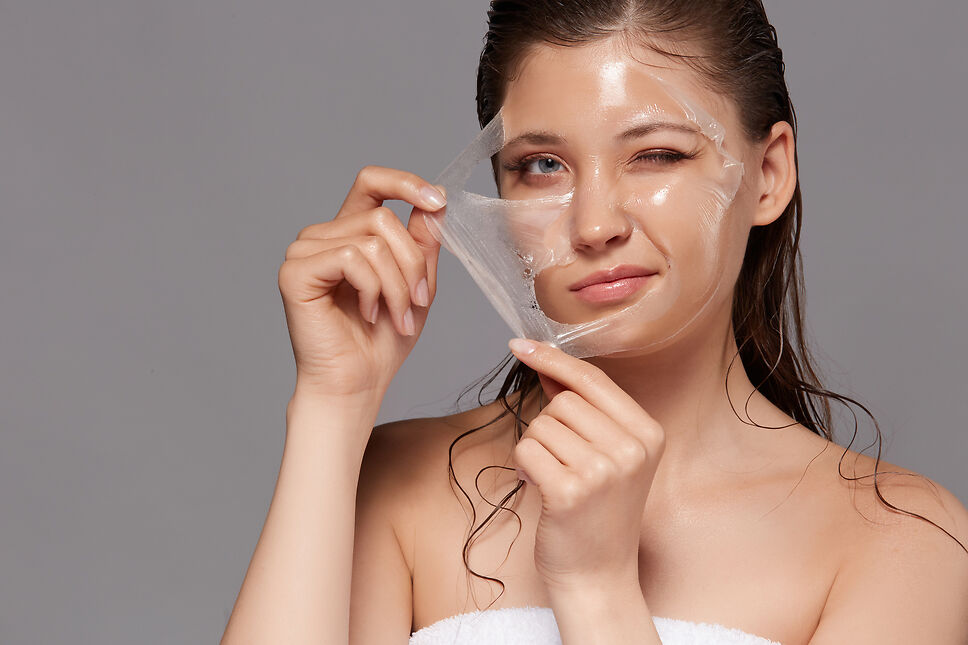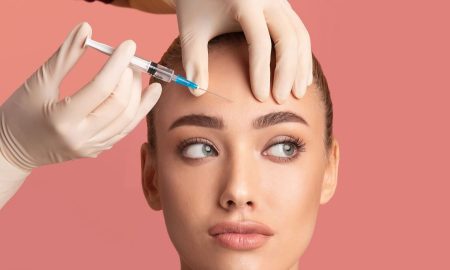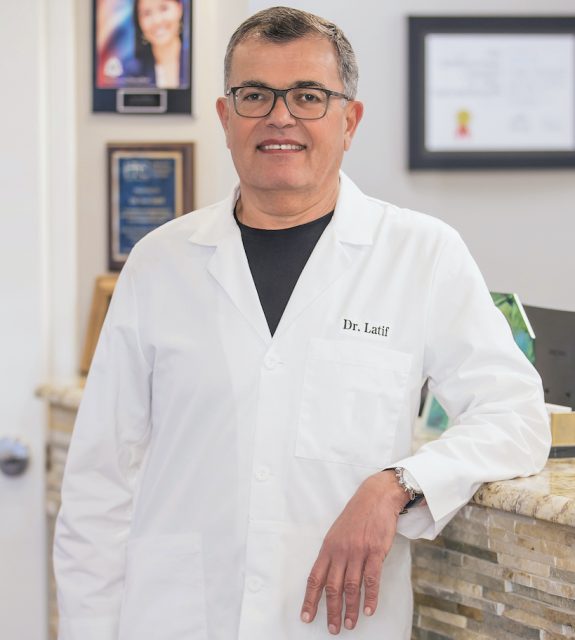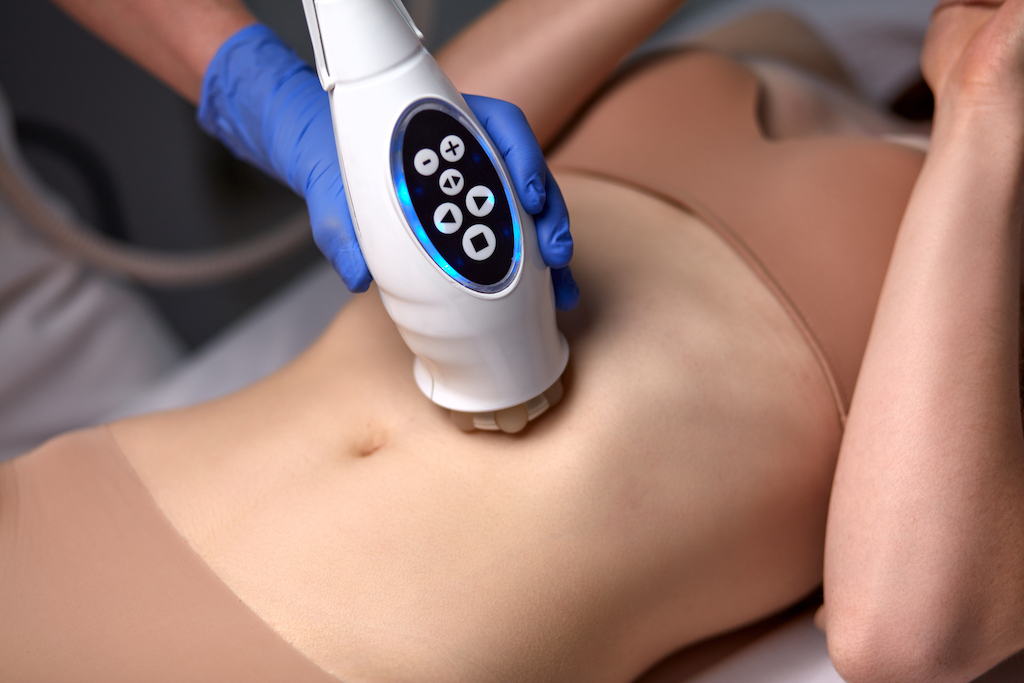 Photo Credit: Shutterstock
Photo Credit: Shutterstock
One of the most common and well-known procedures performed at MedSpas and Medical Offices around the country is CoolSculpting®. Also known as cryolipolysis, this is a non-invasive procedure that works by reducing the temperature of fat cells, which causes them to become inactive and unable to store fat, ultimately leading to their death. This procedure has been in use since 2011, but recently a side effect of cryolipolysis has been in the news and garnered more attention.
This side effect is a condition known as Paradoxical Adipose Hyperplasia. This is where instead of a reduction of fatty tissue in the treatment area, the opposite occurs — the fat cells swell and expand. As a specialist in liposuction, and someone who has had to treat many patients suffering from Paradoxical Adipose Hyperplasia, we will explore why and how this happens, and the best treatments for it.
What is Paradoxical Adipose Hyperplasia?
Paradoxical Adipose Hyperplasia (PAH) is an adverse effect of cryolipolysis. The exact rate of this adverse event is currently unknown. It can take anywhere from a few days to 6 months after treatment for PAH to develop. Here are a few of the warning signs:
- Treatment area looks and feels thicker
- Mass of swelling develops that is often painful to the touch
- Hard lumps or bumps
- Entire area looks bigger, not smaller
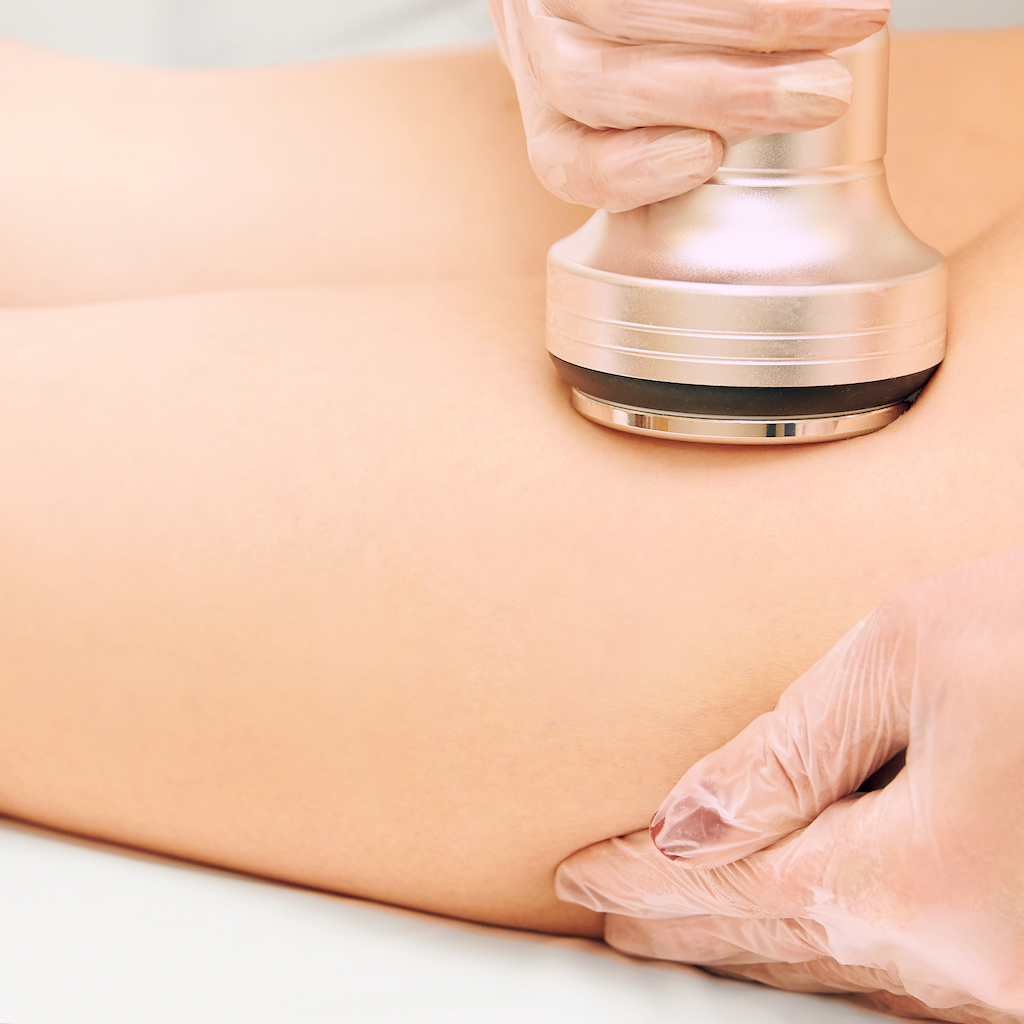 Photo Credit: Shutterstock
Photo Credit: Shutterstock
Risk Factors for PAH
While there is still more unknown than known about the definitive causes of PAH, here are a few of the factors that could put you at a higher risk:
- Gender – men are three times more likely than women to develop PAH
- Prior CoolSculpting® procedure
- Use of a large handpiece during the procedure
- If you are of Hispanic or of Latin descent
- Cryolipolysis to the abdominal region
- Genetic predisposition
Does PAH go away on its own?
Paradoxical Adipose Hyperplasia is not dangerous, but without treatment, it will not disappear. Patients usually have to wait between 6-9 months before the fat in the affected area can be sufficiently softened and safely removed using liposuction as corrective surgery to avoid the potential reoccurrence of PAH.
How to Treat Paradoxical Adipose Hyperplasia
As a Board Certified Plastic Surgeon and specialist in Liposuction and Liposculpting, Dr. Frank Lalezar has extensive experience treating patients with Paradoxical Adipose Hyperplasia. The main treatment method is Liposuction of the affected area. This is a minimally invasive procedure that targets the exact areas where the fat has overgrown in order to remove that fat and improve your contour.
Following your liposuction procedure, Dr. Lalezar has a regimented post-operative protocol that he utilizes to decrease swelling, accelerate healing, and give you the best results. This includes wearing a compression garment for 12 weeks following surgery and undergoing lymphatic massages with one of our verified masseuses to get you the best outcomes.
Paradoxical Adipose Hyperplasia is a frustrating issue to deal with. However, patients who have been treated with Dr. Lalezar have had exceptional results and are thrilled with their outcomes. To learn more about how to treat this issue and about Dr. Lalezar, please visit our website at www.drlalezar.com.
For more information, visit Dr. Brian A. Levine's social media:





